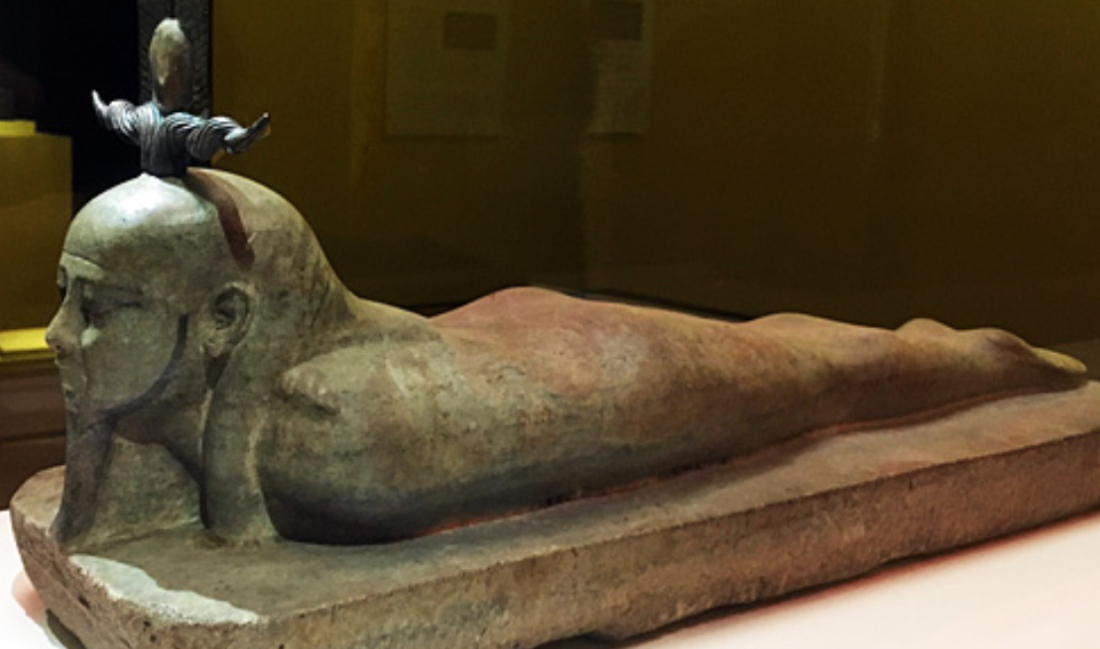Being in the Many ‘I’s
The many ‘I’s exist only for fleeting moments. When we identify with misplacing a pen or with being in a hurry, our sense of ‘I’ attaches to that momentary activity mechanically. The experience may seem endless. As we learn to separate from our identifications, our sense of identity shifts away from them.
Separating from the ‘I’s, observing them come and go, and dividing our attention between the observer and what we observe, show us there is something else. That state is always there, regardless of the changing ‘I’s it observes. Our aim when our identity is in this location is always the same-– just to be there and observe. All we need in order to be there is a reminder and the will to act. However, practically, we cannot rely on chance.

Work ‘I’s Change our Sense of Identity
Work ‘I’s help those in schools by intentionally shifting the sense of identity away from the many ‘I’s. They do that by pointing to something beyond the ‘I’s. For example: Be present, Look at impressions with presence, Leave your current identification, and so on. The very fact that work ‘I’s can work means that there is yet another identity that the work ‘I’s invoke. It is hidden from our awareness most of the time.
The more experience we gain in using the work ‘I’s, the more we follow their direction to the present, the more often they will come. They create an inner circle of identity that is more interested in the work than in the subject of identification of the many ‘I’s. Even if this identity collapses and needs to be recreated, it represents a more permanent state.
What Lies Beyond

The Tibetan Buddhist master Gampopa wrote: “The Dharma is only a collection of words and letters that we discard when we reach the other shore.”
The Dharma, which the Fourth Way tradition calls the System, has to be abandoned eventually. From one angle, work ‘I’s are still ‘I’s, and we release them because they are not the ultimate goal. Discarding even the work ‘I’s means we also relinquish our sense of identity altogether.
While experiencing the state beyond the ‘I’s, there is nothing earthly to attach to. This is the “other shore” Gampopa talks about. Having an ‘I’ that tells us to be present when we are already present defeats the aim of trying to get to this state. Such an ‘I’ in that instance is probably a manifestation of the four lower centers, trying to pull us down from the higher state.
The Chinese philosopher Lao Tzu said:
What we look for is beyond seeing.
Listen beyond hearing,
Grasp beyond reaching,
Merge beyond understanding.
Ernst Newman has written several articles for FourthWayToday.org, including: https://fourthwaytoday.org/right-location/ and https://fourthwaytoday.org/forging-ones-being. His most recent article is:
